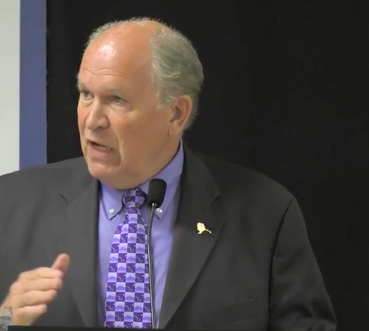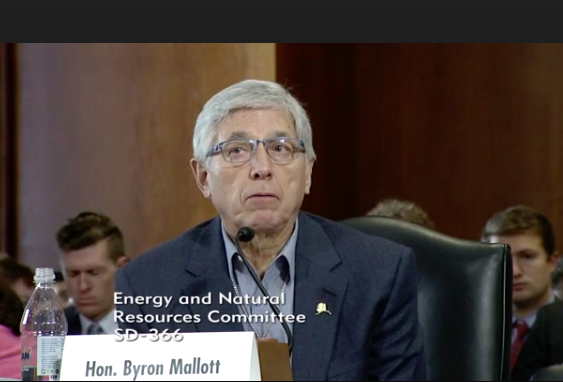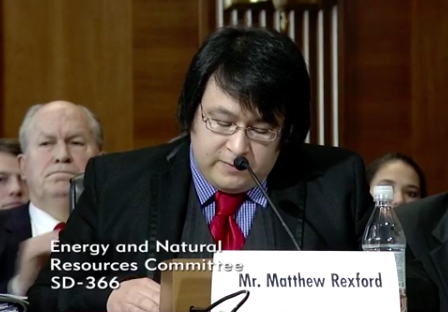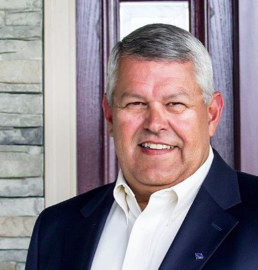THEY’RE STABBING AT THE VEIL, AT LEAST
The best advice anyone can give Erin Austin today is: Get a lawyer.
[Editor’s note: No one has impugned Erin Austin’s professional work in these proceedings. She is represented as an employee of the Binkley Company.]
The former financial officer for Alice Rogoff’s collection of shell companies is getting the cold shoulder from her former boss, Rogoff, who is saying that she (Rogoff) had no idea that money was being moved around from one limited liability corporation to another to pay bills for the Alaska Dispatch News.
The Chapter 7 bankruptcy hearing for Rogoff took place at the Historic Courthouse on 4th Avenue in Anchorage on Thursday. Rogoff, with a wolf-ruff parka draped over her chair, was classically noncommittal in answering the questions of some of the creditors.
All these transactions that the creditors were asking about were done by Erin Austin, Rogoff said, and she just knew nothing about it.
Here are the main takeaways from the meeting, which lasted about an hour:
- It appears the Alaska Dispatch News is being renamed the Anchorage Daily News. When asked who she worked for, CFO Erin Austin said “Anchorage Daily News” and it was with hesitancy and under her breath.
- Northrim Bank may be nervous that the interest payments that Rogoff paid the bank — some $55,000 a month — might be clawed back by the bankruptcy court. At least some of the payments she made earlier this year.
- The Chapter 7 trustee has filed a motion regarding fraudulent transfers. It may be that any transfers in the weeks or months leading up to bankruptcy will be seen as fraudulent. This indicates an actual crime.
- “I did not involve myself in the recording of journal entries,” Rogoff said. This is important because whoever did may be in trouble if fraud is alleged by the bankruptcy court.
- The Binkley Company is the custodian of record for all the ledgers and documents related to the newspaper it bought, and because of that, is getting dragged into the Chapter 7 proceedings because the new company will have to release every scrap of paper asked for by the court.
- Bill Armus, the attorney for the creditors, has indicated he will request a 2004 exam. That would require Rogoff to bring in every document she has — every checkbook, her marital settlement, and every single asset that she owns. The creditors want those assets exposed.
- Evidence of a fight ahead over the Rule 2004 exam became apparent today, with lawyers in the room rushing to declare that lines of questioning were not relevant. “Rule 2004 provides a process for examining virtually anybody who might have any knowledge of anything touching on the debtor’s finances, property, schedules, plan of reorganization or ability to pay debts. Because of its broad scope, a Rule 2004 exam is often a fishing expedition with no real goal in mind other than to trip up the debtor or uncover evidence of abuse or financial mismanagement. For that reason, even filing a motion with the court requesting a 2004 exam can engender a fight and even a mini-examination by the court to determine the relevance of the information sought.” – TheBalance.com
- Rogoff has no employees for the “digital news compilation” site, ArcticNow.com. It is being operated by her “personally,” she said. That would indicate the staff running it are on contract.
- Arctic Partners, one of the major creditors, was not represented in the creditors’ meeting today. Tony Hopfinger, who is owed as much as $900,000 by Rogoff, attended by phone but did not speak or ask questions.
- Everyone of the creditors are out for themselves. And Rogoff is trying to keep them out of her bank account.
[Read: Craig Medred breaks it down further]










